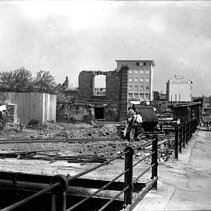Platz der Synagoge Before 1945
Places and Buildings Before 1945
[1] 1938
In the morning of 10th November 1938, the synagogue was devastated, plundered and set to fire by followers of the National Socialists. Prayer books and other cult objects were thrown in the "Mühlbach". After the pogrom night, the town forced the israelite community to remove their House of God on their own costs. A factory owner bought the ground of it.
[2] 1925
For the first time in 1859, the "Zerrennerstraße" is listed in the address book under the name „Am Mühlbach“. In 1874, it received its current name for remembering of the jewel industrialist and mayor Carl Zerrenner (1815-1864). The western town was particularly industrially shaped and covered with jewel manufacturing buildings of Wilhelminian times. The commercial school in the picture on the left was finished in 1911.
[1] 1906
The synagogue of the israelite community on the "Mühlbach" which was inaugurated in 1892 was an architectural highlight in Pforzheims townscape. It was built according to plans of the well-known professor of architecture from Karlsruhe Ludwig Levy with domed structure in Moorish-Neoromanic style and found national attention. The stonework was established with alternating red sandstone and green bricks.
[3] around 1905
The "Mühlbach" was derived by the Enz at the road crossing of „Belfort-, Habermehl-„ and „Zerrennerstraße“ and flew in parallel to todays "Habermehl-, Bad-" and "Zerrennerstraße" to the east and led again to the Enz on the place of the path "Am Schoßgatter". In medieval times, different mills were located on the „Mühlbach“ and its side streams, in the 18th century the ironworks of Brothers Benckiser became most important resident.
Platz der Synagoge after 1945
Places and Buildings After 1945
[1] 2016
In 1967, the town raised a memorial at the "Zerrennerstraße" as reminder of the synagogue of the israelite community that stood up to 1938 on the ground of todays "Volksbankhaus". Werner Weißbrodt, professor at the "Kunst- und Werkschule" created the inscriptions that remind of the destruction of this house of God in the pogrom night of 9th to 10th November 1938. In 1987, this tree-covered place received the name "Platz der Synagoge".
[2] 2016
The "Volksbankhaus", with its glass front, shapes from 1997 on the north side of the place of the synagogue. A rolling roof with glass domes spans this first Shopping Mall of Pforzheims inner city, designed by the architects Kauffmann & Theilig (Ostfildern). The corner building of "Goethe-" and "Zerrennerstraße" was built in 1953 as business building for the insurance employer Leppert.
[3] 2016
The "Jahnhalle" was built from 1952 to 1953 as school sports- and venue hall according to plans of the town planning director René Holz. In its objective design the "Jahnhalle" takes up the style of Bauhaus and so belongs to the early examples of modern post-war architecture in Pforzheim. The sculptor Edward Mürrle from Pforzheim designed the Mural of the charioteer in a contemporary combination of tessera- and metal scultpure.
[4] around 1952
Around 1952, the "Mühlbach" was filled up and „Zerrennerstraße“ became four-lane through road with accompanying business building construction. The retreating northern building line of "Zerrennerstraße" in the area of "Platz der Synagoge" still follows the course of the former sewer.

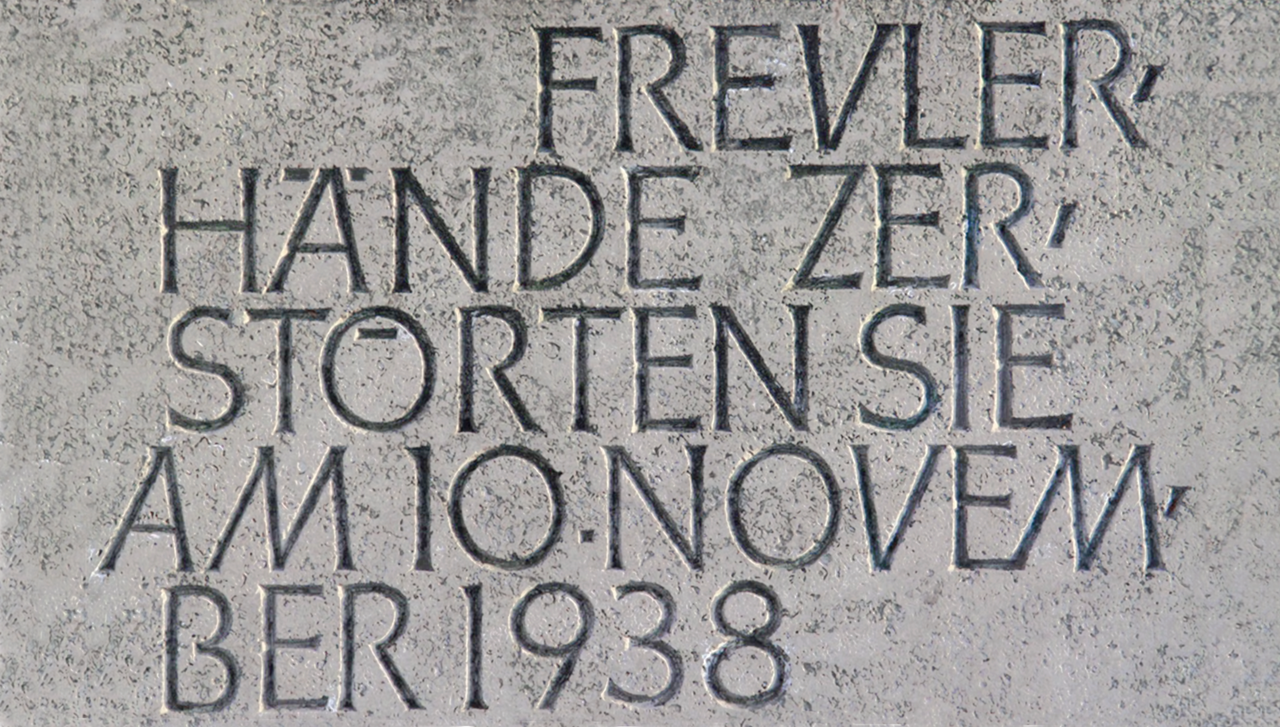
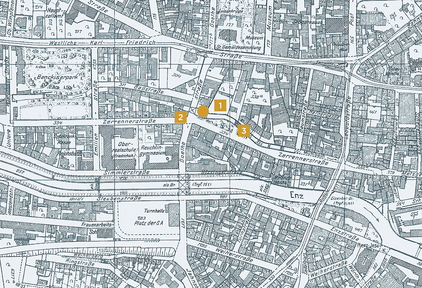
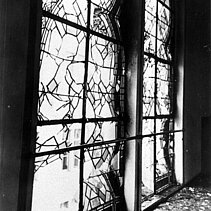
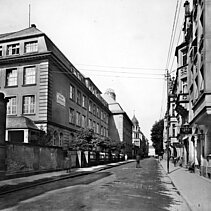
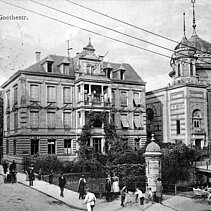


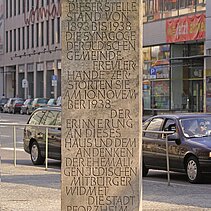

![[Translate to English:] SP50erAB10-11JHL Buch ISBN 978-3-7954-2518 Visionen für eine Stadt - 50er-Jahre-Architektur in Pforzheim, Isabel Greschat (Hrsg.) - copyright:Bernhard Friese](/fileadmin/_processed_/b/8/csm_montage_SP16JHL_2011_BF0009_32x32cm_Kopie_58a8bd7a0b.jpg)
